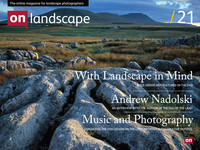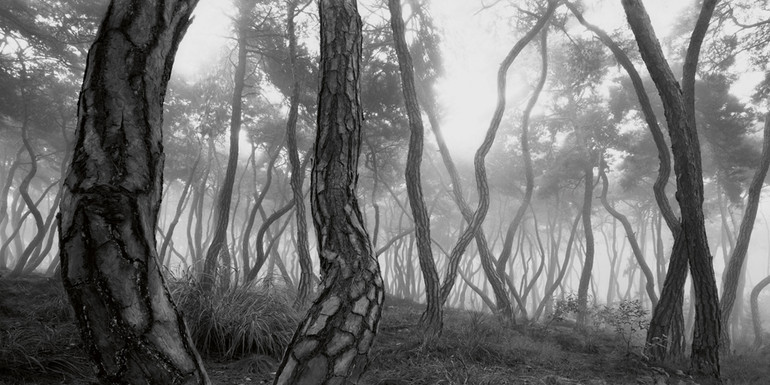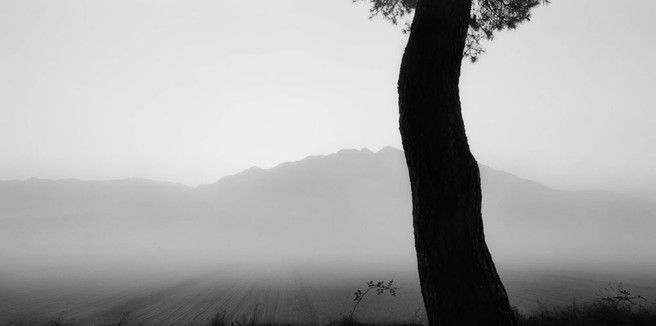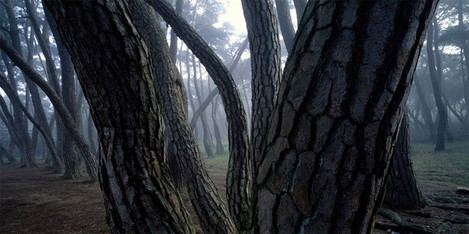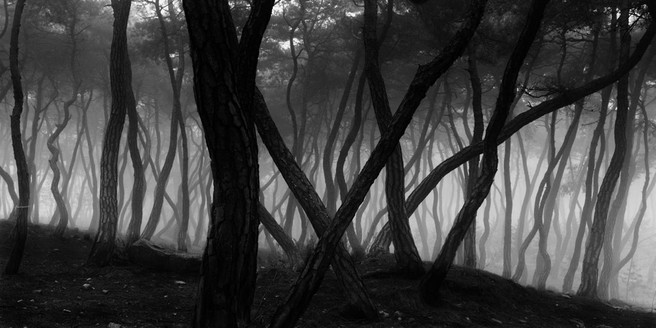South Korean Photographer Bae Bien U

Dav Thomas
Tree loving photographer, mainly using large format film cameras but also flirts with other formats.
"Are you crying?!", asked my girlfriend in an incredulous tone. I'd got to the third spread of photos in Bae, Bien-U's Sacred Wood book, and for the first time in my life, I'd been moved to tears by photography. In my defence, I was somewhat on the tired side having spent days working relentlessly to get images ready for an exhibition - we were sitting at the said exhibition and I found the time to peruse the images in Sacred Wood, properly for the first time.
I'd only recently become aware of Bae, Bien-U, a photographer from South Korea who's been photographing the same area of woodland for over 25 years - my kind of photographer! I've never seen his work mentioned before so assume he is little known in this country, a real shame as he is a phenomenal and original photographer. He is though, the best known photographer there is within his own country where he has been Professor in Photography, Seoul Institute of the Arts since 1981.
Firstly I should talk about the book itself, as a piece of design, it's something wonderful to behold. With a top and bottom cardboard slip (for want of a better word) which provide space for the simplest graphics denoting the name of the book, publisher and Bae, Bien-U's name. Once these are removed they reveal the actual book whose cover is printed with a taster of what's to come; a stunning black and white image covering the whole cover, with no detracting text or titles. The attention to detail carries over to the book's stock, the cover is textured and the full images on back and front look amazing. Inside the smoother stock is also perfect, slightly textured with the slightest sheen. It all adds to the experience of enjoying the book.
It's unlikely that anyone is going to read the forward first – they're something to come back to right? But they are fascinating to read, allowing you to understand why Bae, Bien-U has embarked on a quarter of a century of visual conversation with pine forests. We learn that the pines are an important part of Korean culture and they have the upmost reverence for them.
So, what are all the tears about? Well, the photographs in Sacred Wood are some of the most stunning images I've ever seen. It's no secret I have a fascination with misty woodland but I've never seen them portrayed like this. These are woods the likes of which I've never seen; twisted trunks and sparse woodland floor. The often present mist provides layering which separates the distant trees rendering them as the faintest ghostly forms - creating a great sense of depth – these are images you want to walk around. The photographs are shot mainly in panoramic 2:1 format – it works perfectly giving slices of the forest with foreground often cropped with bold forms. I've no idea what camera equipment is being used here – predictably there's no mention of film or camera in this very "art" book. The geek in me would love to know
It's the sense of separation, created by the mist that makes these images work so well, wonderfully textured trunks fading out to painterly tones. The second spread in (tears imminent!) show a great understanding of composition and technique – introducing the portrait 2:1 format which accentuates the twisted pine trunks.
You could argue that there's a repetition of image style as the book goes on - mist and pines! But for me, this works perfectly each photo offering something new with a fresh slant on the theme. And so, by the fourth spread there's a new slant; sinister renditions – ultimately graphics – amazing images; quiet wows!
4x5 images work equally well and there are some formats that defy regular conventions, a technique I've been using of late - why should images sit within traditional formats?
The book flows so well, just when you think you're getting used to a certain style of image something else is presented on the next turn of the page. So from the misty and sinister, we are next presented with graphic canopies and luminescent uplifting clouds of leaves.
The book isn't only restricted to black and white images, there is also a body of colour work, whilst I feel these aren't as successful as the mono work, they are executed with the same subtlety of composition and presentation. Often low key – there's no over-saturation here, the colour work is often a little more pictorial – less mystical as the mono image. Equally, later in the book, the mono images that are shot in more sunny conditions are less lovable for me.
If you're a lover of monochrome photography and woodland I can't recommend this book enough. I'm sure my work will be influenced in some way by these images and it's a testament to the importance of a project, although a project that lasts more than 25 years might be a bit too much of a commitment for most of us!
You can order the book from Beyond Words, our favourite photography book shop, at a 10% discount £54 - click here. or see more of Bien's work here.

